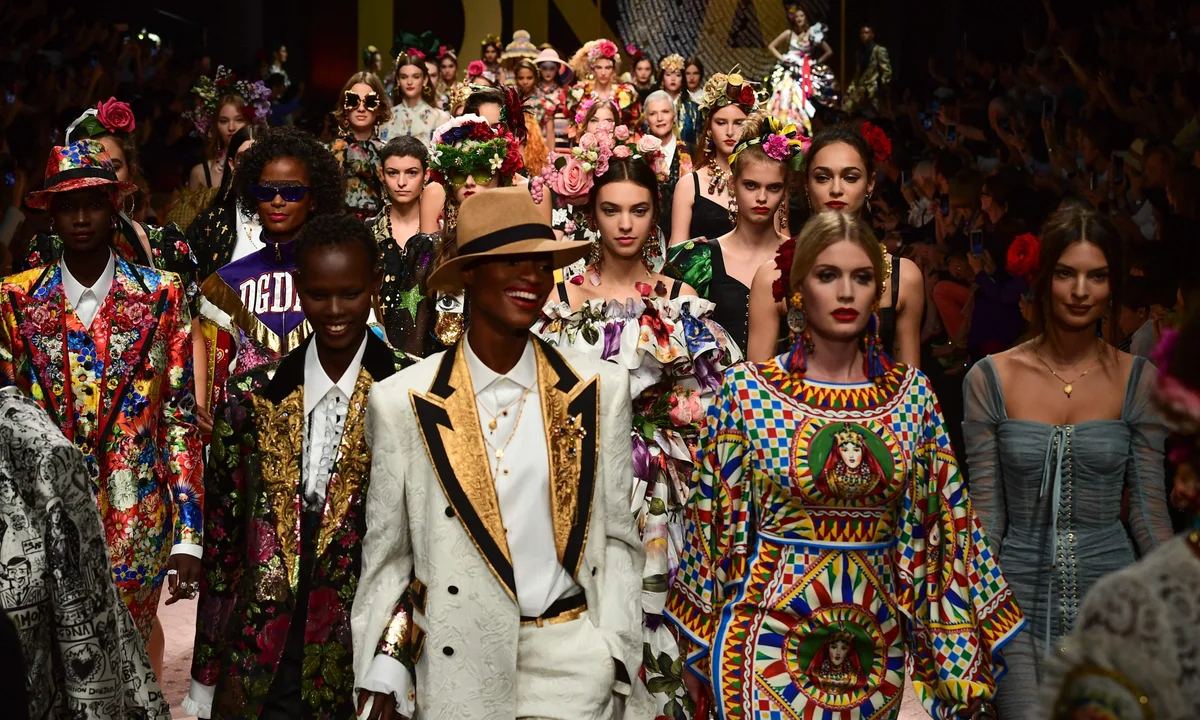
By Zara Ali
They say if you make it in New York, you can make it anywhere- and if the prevalence of homegrown talent in the Big Apple is anything to go by, Australian designers are making it everywhere.
New York Fashion Week is generally considered the more relaxed, underground counterpart to Paris, which tends to be very carefully constructed and executed by the major European fashion houses. NY is willing to bend the rules when it comes to the show concepts, locations and of course, the clothes themselves- think Alexander Wang crafting a sheer dress out of chainmail last season (Wang’s show also featured homegrown beauty Astrid Holler, which proves that Aussies are still dominating the modelling world- Gemma Ward, anyone?) As the photographers ready their cameras and the fashion crowd flock to Milk Studios, one question lingers: what is it about Australian design that seems to appeal so much to the American market?
Maybe it’s the unmistakable effortlessness that is weaved through the garments, or maybe it’s just the fact that buyers get a kick out of the fact that Australian designers are more willing to take a risk than play it safe- a quality that usually appeals to London, where most designers used to head after establishing a cult following at home. Last year saw a range of Australian designers head to NY instead of London- including Zimmerman (leather and lace), Dion Lee (print infused futuristic sportswear) and Tome (envy inducing structured separates), to name a few. Either way, homegrown designers are fawned over in the U.S. in the same way that anyone with an Australian accent is (translation: a lot).

Dion Lee at NYFW 2014
Photo by Camilo Fuentealba
For most designers, the move to the America is a product of careful forward planning and projection. A lot of the time, designers are eyeing up a U.S. store opening or attention from American buyers- in other words, a marketing investment. It makes sense to show your collection in the same market where you plan to open a store, and the shows are the most direct and effective way of showing off the label’s aesthetics and principles. With the emergence of online retailers like ASOS, it has suddenly become much easier for Australians to purchase clothes from a wider range of designers, negating the exclusivity of homegrown labels. The increased competitiveness of the local industry is another factor that makes the U.S. market an appealing alternative. And while the push for American success is often more of a business decision than anything, there’s no doubt that New York is prime real estate for the fashion crowd (models, designers, major agencies and casting directors are generaelly based there). And let’s be honest, the entire cosmopolitan NY lifestyle is pretty great too- a handy incentive for Aussie designers working and living in the U.S. (thanks, E-3 Visa!)
While it’s a little sad to bid our homegrown designers goodbye as they flock to America, keep in mind that increased international exposure means greater interest from buyers, which eventually means seeing worthy talent recognised in a huge domain. Which basically means more time for you to sit online and add every item to your cart, then empty it again just before you click ‘checkout’.







